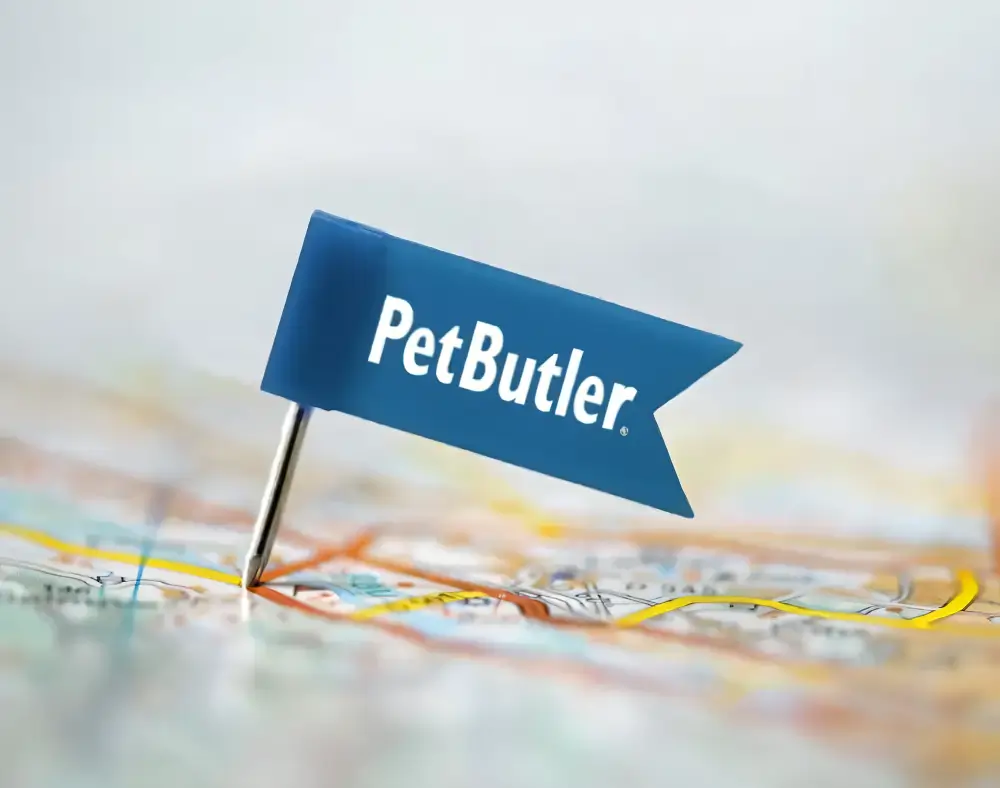It’s 7 pm on a Sunday evening and you walked into the kitchen just as your retriever polished off a bag of chocolate chips snatched from the counter. You think, “Isn’t chocolate supposed to be poisonous for four-legged critters?”. What do you do? Who do you call? In your haste to help your dog, you are unable to summon a rational thought. If only you had taken the time to put together the pet first aid kit your veterinarian had recommended, you could have had all the supplies and information you needed at your fingertips!
So you don’t have to experience the angst that accompanies the above scenario, I recommend assembling a basic first aid kit filled with the supplies and information you need to deal with any dog emergency. Most of these tools are available online or at your local pharmacy. For dosing recommendations, check in with your veterinarian as breed, size, and pre-existing conditions may determine a safe amount to administer.
What Should Be In My Dog’s First Aid Kit?
Most canine medical emergency kits should include a list of important phone numbers. You’ll always want to be in contact with an animal health professional before taking matters into your own hands; a knowledgeable voice can be a great reassurance. The phone numbers at the top of your list should include: your regular veterinarian, a local 24/7 emergency clinic, and the ASPCA’s Poison Control Center (1-800-426-4435) or the National Animal Poison Control Center at 888-4ANI-HELP (888-426-4435), the Emergency Disaster Information Line (1-800-227-4645), and the Pet Travel Hotline 1-800-545-USDA before traveling across state lines.
You should have your dog’s medical records readily available, so you can answer questions about previous reactions, currently administered medications, and vaccination status. I also like to add the addresses of a few online sites where you can reference emergency dosages, toxicity calculators, and other information needed to perform basic first aid on your dog. VetCalculators will allow you to determine an appropriate action to take should your dog ingest various types of chocolate, PetMD alerts updates pet owners on current food recalls, and AVMA has a wealth of information on CPR basics, traveling with a pet, basic first aid procedures, and handling injured pets.
Basic Supplies For Pets First Aid Kit
A few necessary items in your pets’ first aid kit should include:
- Flexible digital thermometer
- Gauze for wrapping open wounds or to use as a muzzle for painful pets
- Non-stick bandages and adhesive white tape for covering wounds (or a self-adhesive bandage material)
- Blanket or large towel as well as a rigid board or stretcher for transporting an injured pet
- Leash
- Eye dropper or needless syringe for administering medication
- 3% hydrogen peroxide to induce vomiting
- Baby aspirin
- Adult or children’s Benadryl for allergies (diphenhydramine)
- Saline eye wash
- Activated charcoal for absorbing toxins.
Tweezers as well as good old soap and water can be used to remove a tick or foreign object from a paw and to flush wounds. I like to keep a gallon of nursery water on hand for that purpose, as well as to help rehydrate an animal or cool a pet suffering from heatstroke. Pedialyte or another electrolyte solution will replace salts and minerals that are important for proper hydration, blood pH and nerve conduction. Simple sugars such as honey or maple syrup can be rubbed on the gums of dogs given too much insulin, having a seizure due to low sugar, or to puppies that may have a difficult time maintaining blood sugar due to illness or stress and are lethargic.
Sterile lubricant helps to cover a break in the skin barrier or ease passage of the rectal thermometer. Cornstarch or quik-stop can stop an actively bleeding nail and a nail clipper (Miller’s Forge, orange handle) to trim a torn nail back to healthy tissue is needed. Most creams and ointments as well as Band-Aids or other small adhesives are easily consumed by dogs. It’s better to keep an E-collar handy to prevent self-mutilation. Clippers aid in the removal of hair around a cut or laceration. Be sure to apply lubricant to the area to prevent the introduction of additional debris and clipped hair into the area.
As gentle and loving as your dog may normally be, an injured pet will often react out of fear and pain towards a caregiver. Using a muzzle when handling pets (except for those that are vomiting) is always prudent. An improvised muzzle can be created using gauze, a necktie, or strips of fabric and should be considered when assembling your dog’s emergency kit. Towels or blankets can help to restrain a pet comfortably. You can only help your pet by staying healthy, calm, and safe.
Always remember that any first aid administered to your pet should be followed by immediate veterinary care. A portable carrier for smaller dogs will aid in safe transportation. First aid care is not a substitute for veterinary care, but it may save your pet’s life until it receives veterinary treatment.

